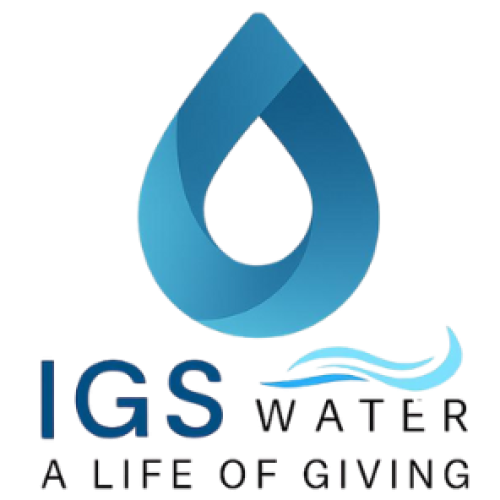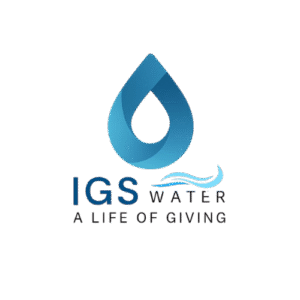Our lakes are under pressure.
From harmful algal blooms to oxygen-starved waters and foul odors, freshwater bodies around the world are showing signs of distress. And while traditional water treatment methods can be expensive, chemical-heavy, and often only temporary, a new player is making waves—Nanobubble Technology.
💧 What Are Nanobubbles?
Nanobubbles are invisible gas bubbles, each less than 200 nanometers in diameter—about 2,500 times smaller than a grain of sand. Because of their size and neutral buoyancy, they stay suspended in water far longer than regular bubbles, delivering oxygen efficiently and sustainably.
Unlike traditional aerators, Nanobubble systems don’t just float oxygen to the top—they drive it deep into the water column, improving water quality from the inside out.
🧪 How Nanobubbles Work to Heal Lakes
- Boosting Dissolved Oxygen (DO)
Oxygen is vital to healthy aquatic ecosystems. Nanobubbles dramatically raise DO levels—helping fish thrive, supporting beneficial bacteria, and stabilizing fragile ecosystems. - Suppressing Algae Growth Naturally
By increasing oxygen and enhancing aerobic microbial activity, nanobubbles reduce excess nutrients like phosphorus and nitrogen—two key drivers of harmful algae blooms. - Breaking Down Organic Waste
As they collapse, nanobubbles generate a mild oxidative effect (without chemicals) that helps break down organic sludge, improve water clarity, and reduce foul odors. - Non-Chemical and Energy Efficient
Unlike traditional treatments, nanobubble systems are safe, non-toxic, and eco-friendly. And when paired with solar power, the process becomes even more sustainable.
📍 Real-World Impact
In regions across Asia, Europe, and Australia, nanobubbles are being used to restore urban lakes, irrigation ponds, and aquaculture farms. One notable case saw a municipal lake improve its water clarity within weeks of treatment, with local biodiversity gradually returning.
⚙️ The Future of Lake Restoration
As climate change intensifies water quality challenges, scalable and sustainable technologies like nanobubbles are no longer a luxury—they’re a necessity. Whether deployed for routine lake maintenance or crisis algae management, nanobubbles offer a low-impact, high-benefit solution.

